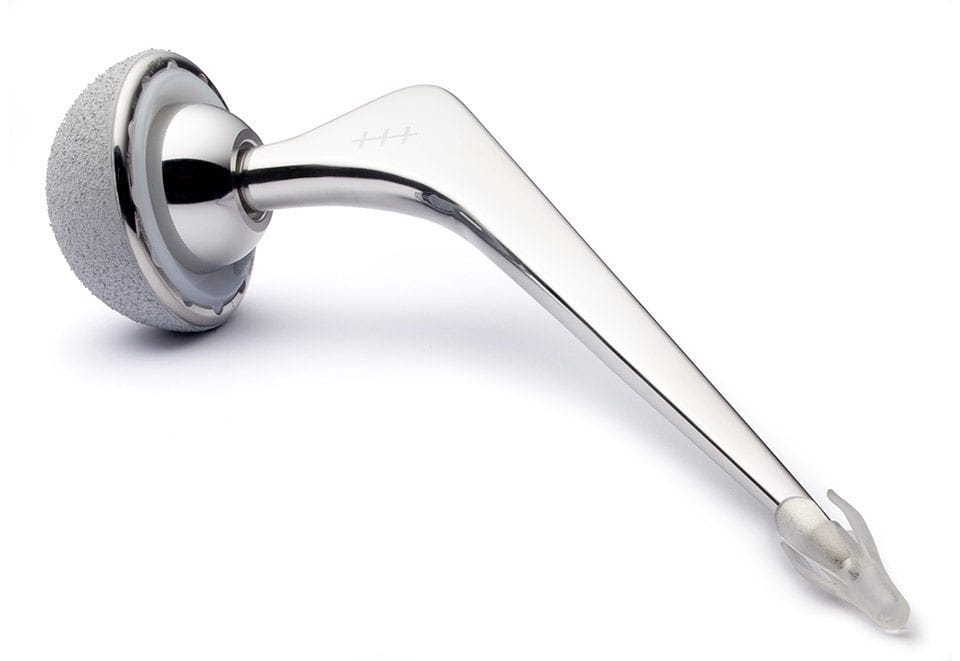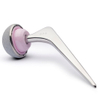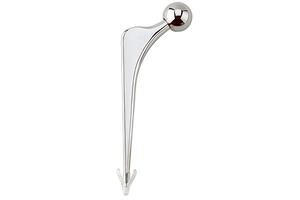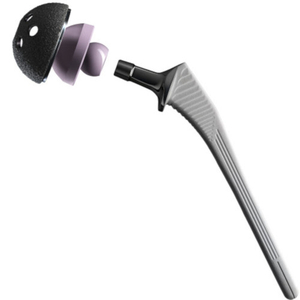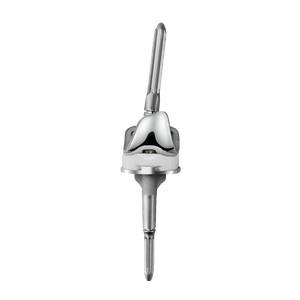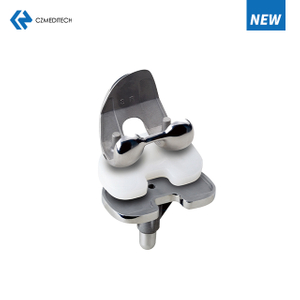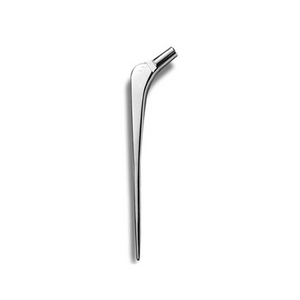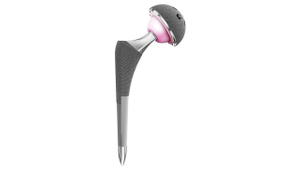Cemented Semi-Hip System: A Comprehensive Overview
Hip replacement surgeries have been increasingly common over the years. One of the popular approaches for this procedure is the use of a cemented semi-hip system. In this article, we will take a closer look at this system, its benefits, drawbacks, and factors to consider before undergoing this surgical procedure.
Introduction
Hip joint replacement surgeries are performed on individuals who suffer from chronic hip pain, stiffness, and mobility issues. A semi-hip system involves replacing only the femoral head of the hip joint. Cemented semi-hip system is one of the popular techniques used to conduct this surgery.
Understanding Cemented Semi-Hip System
The cemented semi-hip system involves the use of bone cement to fix the prosthesis to the bone. The stem is inserted into the femur with the help of bone cement, which creates a bond between the prosthesis and the bone. The stem is attached to a ball-shaped head, which is then inserted into the hip joint. This allows the patient to maintain a good range of motion and mobility.
Benefits of Cemented Semi-Hip System
Cemented semi-hip system offers several benefits to patients undergoing this procedure. Some of the benefits include:
Reduced Risk of Implant Loosening
The use of bone cement in this system reduces the risk of implant loosening. This is because the bone cement creates a bond between the prosthesis and the bone, which helps to stabilize the implant.
Shorter Recovery Time
Cemented semi-hip system generally involves a shorter recovery time compared to other hip replacement surgeries. Patients can expect to resume their normal activities within a few weeks of the surgery.
Improved Range of Motion
Cemented semi-hip system allows for an improved range of motion and mobility. Patients can expect to walk, sit, and stand with ease after the surgery.
Drawbacks of Cemented Semi-Hip System
While cemented semi-hip system offers several benefits, there are also some drawbacks to consider before undergoing this procedure. These drawbacks include:
Risk of Cement Migration
Cemented semi-hip system involves the use of bone cement, which can sometimes migrate to other areas of the body. This can lead to complications and discomfort for the patient.
Limited Longevity
Cemented semi-hip system is not suitable for all patients, especially those who are younger and more active. The lifespan of the prosthesis is limited, and patients may need to undergo revision surgeries later in life.
Infection
Cemented semi-hip system carries a risk of infection, as with any surgical procedure. Patients need to follow strict aftercare procedures to reduce the risk of infection.
Factors to Consider
Before undergoing a cemented semi-hip system surgery, patients need to consider several factors. These factors include:
Age
Cemented semi-hip system is not suitable for all patients, especially younger and more active individuals. Patients who are older and less active are better suited for this procedure.
Health Status
Patients need to be in good health before undergoing this surgery. This includes having good bone density and being free from infections.
Postoperative Care
Patients need to follow strict aftercare procedures to reduce the risk of complications and ensure proper healing. This includes avoiding strenuous activities and following a rehabilitation program.
Conclusion
Cemented semi-hip system is a popular approach for hip replacement surgeries. It offers several benefits, including reduced risk of implant loosening, shorter recovery time, and improved range of motion. However, patients need to consider the drawbacks of this system, such as the risk of cement migration, limited longevity, and infection before making a decision to undergo this procedure. It is essential to discuss all the options and factors with your orthopedic surgeon to determine if this is the right approach for you.
FAQs
How long does the surgery take?
The surgery typically takes about 2-3 hours, but the length can vary depending on the patient's individual circumstances.
Is cemented semi-hip system suitable for all patients?
No, cemented semi-hip system is not suitable for all patients, especially those who are younger and more active.
What is the recovery time for cemented semi-hip system?
Patients can expect to resume their normal activities within a few weeks of the surgery. However, the full recovery time can vary depending on the patient's individual circumstances.
How long does the prosthesis last?
The lifespan of the prosthesis is limited, and patients may need to undergo revision surgeries later in life.
What are the risks of infection after surgery?
Cemented semi-hip system carries a risk of infection, as with any surgical procedure. Patients need to follow strict aftercare procedures to reduce the risk of infection.
සිංහල
English
Français
Русский
Español
العربية
Português
Deutsch
italiano
한국어
Tiếng Việt
ไทย
Polski
Türkçe
ພາສາລາວ
ភាសាខ្មែរ
Bahasa Melayu
ဗမာစာ
Filipino
Bahasa Indonesia
magyar
Română
Čeština
Монгол
қазақ
Српски
हिन्दी
فارسی
Kiswahili
Slovenčina
Slovenščina
українська
Ελληνικά
Latine
বাংলা
Afrikaans
Māori
नेपाली
Oʻzbekcha
latviešu
Azərbaycan dili
Беларуская мова
Български
Esperanto
ქართული
Kreyòl ayisyen
Kinyarwanda
Кыргызча
Lietuvių
Lëtzebuergesch
Malti
संस्कृत
Soomaali
Türkmençe
ئۇيغۇرچە



